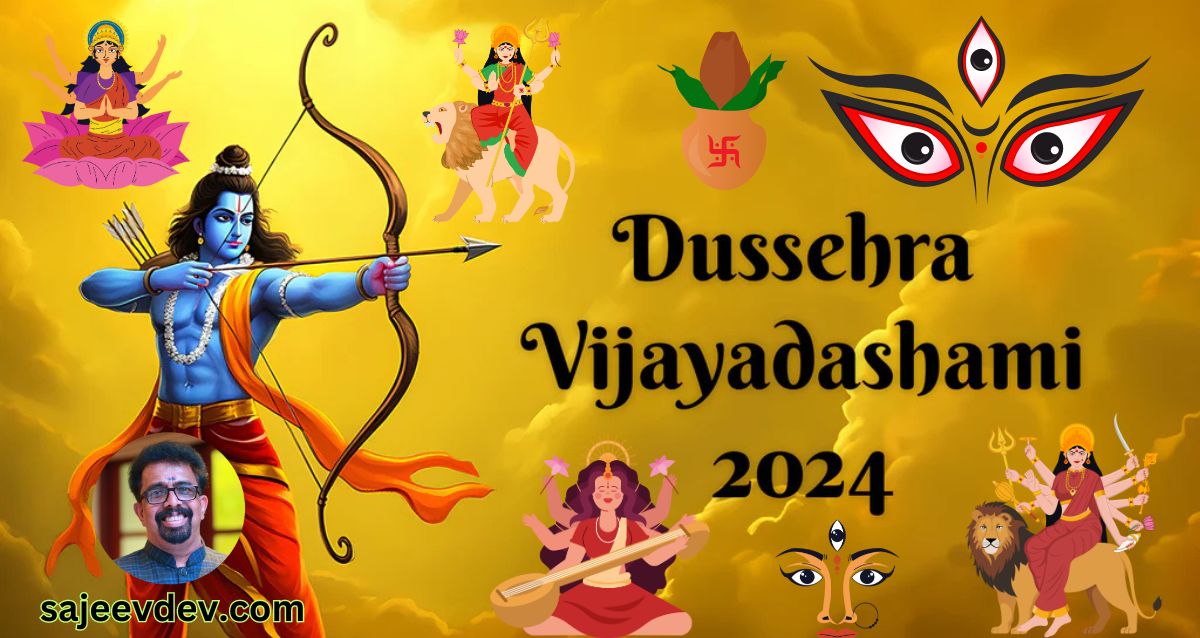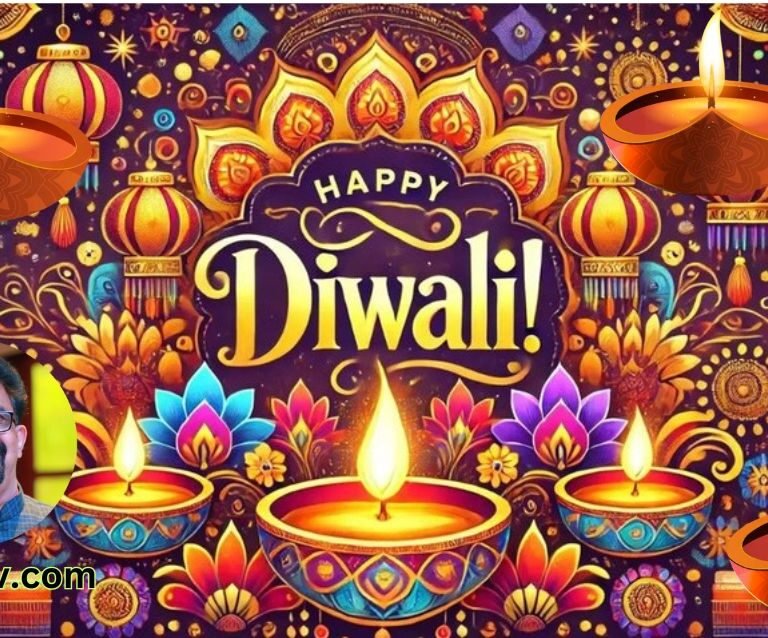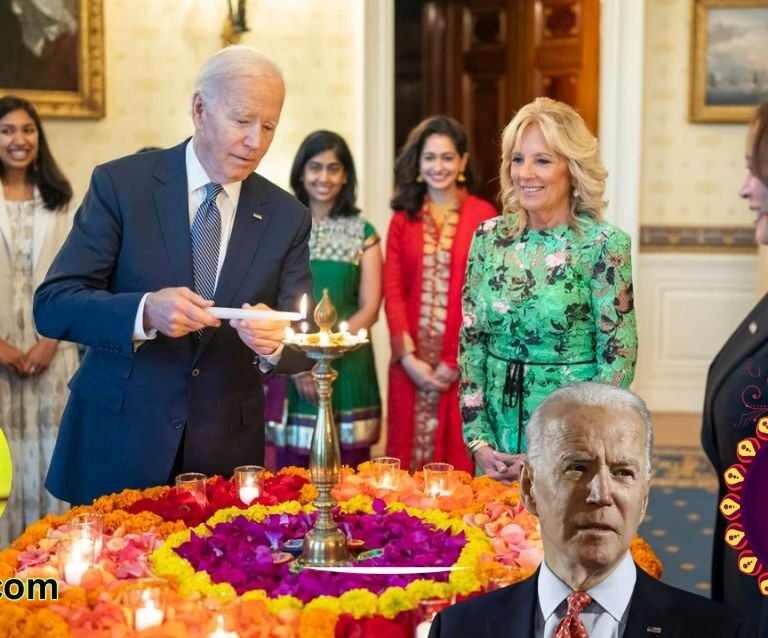Vijayadashami, commonly referred to as Dussehra, is a prominent festival celebrated in various regions of India, marking the triumph of good over evil
Vijayadashami, commonly referred to as Dussehra, is a prominent festival celebrated in various regions of India, marking the triumph of good over evil. Observed on the tenth day of the month of Ashvin, this significant event varies each year between late September and October according to the Gregorian calendar. The importance of Vijayadashami transcends mere festivities; it represents a pivotal moment in Hindu mythology and culture.
Traditionally, Vijayadashami is regarded as the culmination of the Durga Puja celebrations, a tribute to the goddess Durga. The festival encompasses a nine-night event known as Navaratri, during which devotees worship the divine feminine energy. The tenth day, Vijayadashami, symbolizes the victory of Goddess Durga over the formidable buffalo demon, Mahishasura, epitomizing the eternal struggle between righteousness and malevolence. This battle reflects broader themes present in Hindu philosophy, emphasizing the need for moral righteousness.
In addition to its connections with Durga, Vijayadashami also commemorates another significant narrative in Hindu culture—the victory of Lord Rama over the demon king Ravana, as depicted in the epic Ramayana. Various regions within India showcase distinct customs and rituals associated with this celebration. For instance, in Northern India, effigies of Ravana, Meghnath, and Kumbhkaran are erected and ceremoniously burned, highlighting the destruction of evil. Meanwhile, in Southern India, the day holds special significance in the context of Shakti worship and the victory of divine forces.
Through rich traditions, communal celebrations, and profound spiritual messages, Vijayadashami is not merely a festival; it is a reminder of the triumph of virtue and the importance of perseverance in the face of adversity. This celebration invites devotees to reflect on their values, affirm their belief in goodness, and participate in collective cultural experiences that strengthen community ties.
Historical and Mythological Background
Vijayadashami, also known as Dussehra, is a festival deeply rooted in historical and mythological narratives that signify the victory of good over evil. The celebration is primarily based on two prominent stories from Hindu mythology: the triumph of Goddess Durga over the buffalo demon Mahishasura and the epic saga of Ramayana, which centers on Lord Rama’s conquest of demon king Ravana.
The story of Goddess Durga is pivotal to understanding the essence of Vijayadashami. According to the myth, Mahishasura, a powerful demon, gained the ability to change forms and wreaked havoc on the heavens, challenging the gods. The deities united to create Goddess Durga, a formidable figure endowed with extraordinary powers to combat evil. After a fierce battle, she defeated Mahishasura, embodying the concept of righteousness prevailing in the face of tyranny. This narrative is emblematic of the festival’s dedication to celebrating the feminine divine and represents the universal struggle against demonic forces.
Equally significant is the Ramayana narrative, particularly the events surrounding Lord Rama’s journey to rescue his wife, Sita, from the clutches of Ravana. This story culminates in a battle where Rama, aided by an army of monkeys, faces Ravana in a fierce showdown. The eventual defeat of Ravana symbolizes the triumph of dharma (righteousness) over adharma (lawlessness), reinforcing the festival’s core themes. Both stories illustrate the importance of moral courage and the belief that righteousness ultimately prevails, a sentiment that resonates not only in ancient times but also in contemporary society.
These mythological tales form the backbone of Vijayadashami, inspiring millions to embrace their values and traditions while commemorating the enduring struggle against evil through the lens of faith and resilience.
Regional Variations of Celebration
Vijayadashami, also known as Dussehra, is celebrated with a rich tapestry of customs and traditions across different regions of India and Nepal. Each area reflects its cultural heritage through unique rituals and practices, illustrating the festival’s significance while highlighting regional diversity.
In Northern India, especially in states like Uttar Pradesh and Punjab, the celebration is characterized by grand Ramlila performances that depict the life of Lord Rama. Over several nights, local theatre troupes perform scenes from the Ramayana, culminating in a dramatic depiction of Rama’s victory over the demon king Ravana. The festival concludes with the burning of effigies of Ravana, symbolizing the triumph of good over evil.
Conversely, Southern India observes Vijayadashami with a focus on familial bonding and worship. States such as Karnataka and Tamil Nadu celebrate by arranging elaborate doll displays, known as Bommai Kolu, depicting various deities and scenes from mythology. This period is also marked by special prayers and cultural activities, reflecting the region’s deep-rooted traditions of devotion and hospitality.
In Eastern India, particularly in West Bengal, the festival coincides with Durga Puja, which honors Goddess Durga’s victory over the buffalo demon Mahishasura. The idol of the goddess is immersed in water after elaborate processions, signifying a poignant farewell until her return the following year. The vibrant celebrations include traditional music, dance, and numerous community feasts, emphasizing the festival’s communal nature.
Meanwhile, in Western India, states like Maharashtra and Gujarat celebrate Vijayadashami with the traditional Garba dance, especially in Gujarat. The dances, vibrant with colorful attire and energetic music, foster unity and joy within communities. In Maharashtra, the festival also involves the worship of tools, reflecting the connection between craftsmanship and prosperity.
Each regional celebration of Vijayadashami not only highlights the cultural nuances within India and Nepal but also enriches the overall observance of this significant festival. Different customs, local flavors, and rituals turn this day into a multifaceted occasion that strengthens communal bonds while honoring shared values of victory over darkness.
The Role of Processions and Rituals
The celebrations of Vijayadashami, also known as Dussehra, are marked by vibrant processions and deeply rooted rituals that embody the cultural and spiritual essence of the festival. One of the most significant aspects of this celebration is the immersion of clay idols of revered deities such as Durga, Lakshmi, and Ganesha into rivers or ocean fronts. This ritual signifies not only a farewell to the deities but also symbolizes the cyclical nature of life, death, and rebirth that is central to many Eastern philosophies.
During these processions, devotees gather to transport these ornate clay idols adorned with flowers and vibrant attire. The atmosphere is filled with an exuberant spirit, as people from various walks of life participate in this communal event. Families often bring their children to witness these rituals, fostering a sense of community and continuity of traditions across generations. The act of carrying the idols toward water signifies the return of the divine to the cosmos, completing the seasonal cycle that begins with their invocation during the festival.
The processions are also characterized by the infectious sound of music and rhythmic chants, which echo through the streets. Traditional instruments such as drums, cymbals, and flutes create an uplifting ambiance, drawing in bystanders to join in the festivities. These musical elements enhance the spiritual experience, creating an atmosphere of collective joy and reverence. Devotees often sing devotional songs that praise the qualities of the deities, deepening their emotional engagement with the rituals. This interplay of music, chants, and the shared experience nurtures a sense of unity that is essential to the significance of Vijayadashami.
Ultimately, the processions and rituals associated with this auspicious occasion embody a celebration of life, fertility, and the enduring connection between the divine and the mortal realm, reflecting the rich cultural heritage associated with Dussehra.
Burning of Effigies: Symbolism and Significance
One of the most iconic traditions during the Dussehra festival, specifically prevalent in northern India, is the burning of effigies of Ravana, the demon king from the epic Ramayana. This striking spectacle occurs on the last day of the Navaratri festival, marking the culmination of the celebrations. The towering effigies, often adorned with various materials to enhance their visual impact, symbolize the embodiment of evil and negative forces. By setting these figures ablaze, the festival signifies the momentous victory of Lord Rama over Ravana, epitomizing the broader narrative of the triumph of good over evil.
The act of burning Ravana’s effigy carries significant cultural weight, serving as a reminder of the moral teachings that are central to Hindu philosophy. It illustrates the importance of righteousness (dharma) and the notion that virtuous actions will ultimately prevail against malevolent ones. This tradition not only serves as a moral lesson but also fosters a sense of community as people gather to witness the event, reinforcing social bonds and communal identity. Furthermore, the excitement surrounding this act is heightened by the accompanying fireworks, which light up the sky with their brilliant colors and sounds, representing joy and festivity.
The display of fireworks during the effigy burning serves a dual purpose; it enhances the joyous atmosphere while symbolizing the eradication of darkness and ignorance. Fireworks can be interpreted as a metaphor for the light of knowledge and virtue triumphing over the shadows of deceit and evil. As families come together to celebrate this pivotal moment, the collective engagement in this practice revitalizes the cultural significance of the event, establishing a shared understanding of the values it represents. Thus, the burning of effigies during Dussehra transcends mere ritual, becoming a powerful symbol of hope, community, and the enduring struggle between good and evil.
Vijayadashami as a Precursor to Diwali
Vijayadashami, also known as Dussehra, holds significant importance in the Hindu festival calendar as it marks the culmination of the Navaratri celebrations and serves as a precursor to Diwali. This transition from Vijayadashami to Diwali reflects not only a change in the festive atmosphere but also a deep connection between the two festivals that are celebrated with enthusiasm and fervor across India.
The essence of Vijayadashami lies in the themes of victory, righteousness, and the triumph of good over evil, which resonates deeply with the core essence of Diwali. As Vijayadashami symbolizes the victory of Lord Rama over the demon king Ravana, it heralds the approach of Diwali, which celebrates the return of Lord Rama to Ayodhya. This connection is evident in the shared cultural elements of both festivals, such as the lighting of lamps and the exuberant festivities that follow Vijayadashami, setting the stage for Diwali’s grandeur.
Moreover, Vijayadashami marks the beginning of preparations for Diwali, encouraging families and communities to come together for shopping, cleaning, and decorating their homes. Rituals such as praying to deities, preparing traditional sweets, and enhancing the significance of the home environment through lighting contribute to the anticipation of Diwali. Each ritual during this transitional period serves to unify families in preparation for the larger celebrations that Diwali brings.
The themes of light and new beginnings further intertwine both festivals, as Vijayadashami’s victory signifies the removal of darkness, paving the way for the light which Diwali brings. This journey from Vijayadashami to Diwali represents not only a cultural continuity but also the underlying belief in the power of positivity and hope that transcends through these intertwining festivities.
Cultural Impact and Celebratory Customs
Vijayadashami, also known as Dussehra, holds significant cultural importance in Indian society, symbolizing the victory of good over evil. This festival is not only a time for religious observance but also an occasion for family gatherings and community celebrations that foster unity and strengthen social ties. During Dussehra, families come together to celebrate the triumph of Lord Rama over the demon king Ravana, reflecting the core values of virtue and righteousness.
The customs associated with Vijayadashami vary across different regions of India but commonly include elaborate feasts, wherein families prepare traditional dishes, sharing them with loved ones. Community feasts create an atmosphere of togetherness, allowing people from diverse backgrounds to partake in the festivities. It becomes a platform for showcasing regional cuisines and culinary traditions, which reinforces cultural identity and belongingness.
Storytelling is a vital aspect of Dussehra celebrations, primarily represented through Ramlila performances. These dramatizations recount the epic tale of Ramayana, highlighting the moral and ethical dilemmas faced by its characters. This tradition not only entertains but also imparts life lessons, emphasizing themes of heroism, fidelity, and justice. Communities extensively organize these plays, which can attract vast audiences, nurturing a sense of collective experience and cultural transmission.
As Vijayadashami embodies a range of rituals and practices, it significantly impacts the social fabric of Indian society. Through the observance of these customs, individuals reconnect with their heritage, fostering a greater sense of pride in their cultural roots. Moreover, the festival serves as a reminder of the enduring values of love, compassion, and unity, which are vital in today’s increasingly fragmented world. This cultural resonance of Vijayadashami is critical as it encourages collaboration and harmony among diverse groups in society.
Spiritual Significance and Reflections
Vijayadashami, also known as Dussehra, is not only a celebration of cultural and artistic expressions but also encompasses profound spiritual significance. Central to this festival is the theme of dharma, which translates to righteousness or duty. This principle serves as a guiding light for individuals, prompting them to evaluate their actions in the context of ethical responsibility and personal conduct. The narrative of the triumph of Lord Rama over Ravana embodies the eternal struggle between good and evil, a reflection that resonates deeply within the spiritual fabric of society.
As communities come together to celebrate, performances depicting this age-old tale invoke the essence of righteousness, encouraging individuals to reflect on their own life’s journey. Each ritual associated with Vijayadashami invites participants to contemplate their decisions, relationships, and moral obligations. It is a time for introspection, enabling individuals to assess the virtues they embody and the vices they may harbor. By engaging in practices such as prayers, recitations, and festivals, devotees foster a deeper connection with their inner selves and the divine.
The concept of victory over adversity is another critical aspect of this festival. It serves as a potent reminder that darkness can be overcome through commitment to dharma. Individuals are encouraged to identify personal challenges and strive to conquer them with integrity and strength. The culmination of this reflection is found in the rituals that signify letting go of negativity and the purging of evil tendencies, paving the way for renewal and personal growth. This spiritual undertaking during Vijayadashami inspires individuals to cultivate a righteous path, transforming the festival into a meaningful experience that transcends mere celebration.
Vijayadashami, also known as Dussehra, holds profound significance in the cultural fabric of India. It serves as a reminder of the triumph of good over evil, encapsulated in the epic tales of Lord Rama and the goddess Durga
Vijayadashami, also known as Dussehra, holds profound significance in the cultural fabric of India. It serves as a reminder of the triumph of good over evil, encapsulated in the epic tales of Lord Rama and the goddess Durga. The festival not only celebrates historical victories but also reinforces essential cultural values that resonate through generations. Observing Vijayadashami can inspire individuals to reflect on their personal virtues and instill a sense of resilience in facing life’s challenges.
This celebration fosters a spirit of community, bringing people together through shared rituals and festivities. Participants engage in various traditional practices, such as Durga Puja, Ravan Dahan, and the reenactment of Ramayana, which promote unity among diverse groups. It is during these moments that communities strengthen their bonds, demonstrating how collective joy and collaboration can elevate the human experience. By partaking in or witnessing these communal traditions, individuals can gain a deeper appreciation for their cultural heritage.
Moreover, Vijayadashami is an opportunity to examine one’s values and beliefs. The festival encourages introspection, prompting individuals to identify aspects of their lives that require change or improvement. Embracing the lessons of sacrifice, courage, and righteousness can empower individuals to strive for personal betterment and contribute positively to society. The festival encourages a paradigm of hope and renewal, urging people to let go of negativity and embrace a path of positivity.
In this light, the essence of Vijayadashami can be embraced by everyone, irrespective of one’s background. By drawing inspiration from its teachings, individuals can cultivate deeper connections with their community and remain committed to fostering the principles of good, integrity, and compassion in their daily lives. This festival stands as a potent reminder that the pursuit of righteousness is a continuous journey, urging each of us to contribute to a harmonious society.









